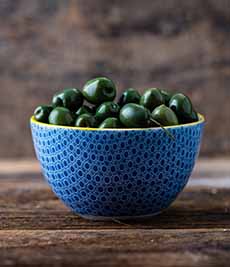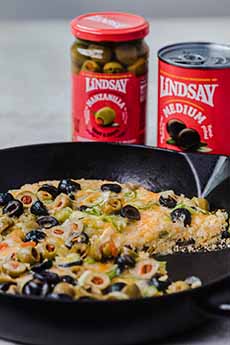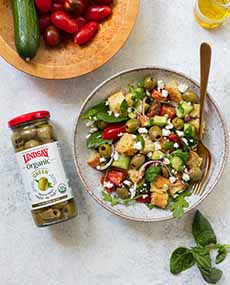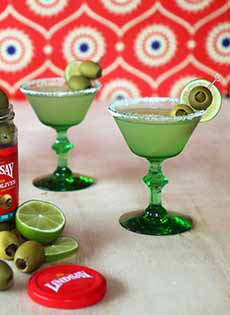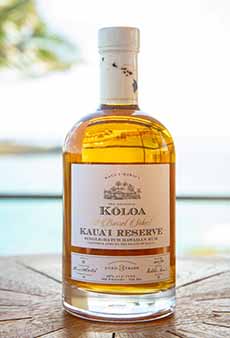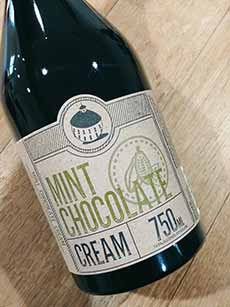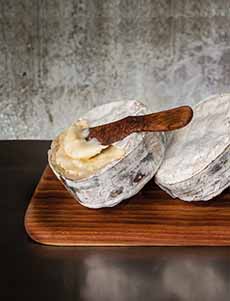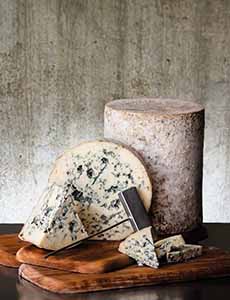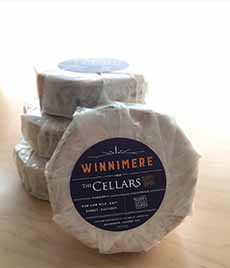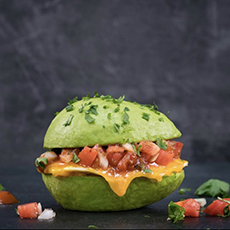|
The summer bounty of ripe, sweet, juicy melons means that we’re having melon daily for breakfast (with berries, cottage cheese, yogurt, or just plain).
Sharon Palmer, a nutritionist who specializes in plant-based food plans, is also a melon fan.
“These fruits are not only delicious;” she says, “they are packed with hydrating fluid, fiber, vitamin C, and antioxidant phytochemicals—all for a skinny little calorie load.
“Each melon has different plant compounds, offering antioxidant and anti-inflammatory action. That’s why I’m sharing these ‘Top 5 Ways to Use Melons.’
“Don’t forget to enjoy these a few times a week while they are in season.”
Sharon, we agree! Melons are our favorite way to enjoy sweetness without the calories.
SHARON PALMER’S TOP 5 WAYS TO USE MELONS
While Sharon’s recipes are vegan, we’ve added cheese to some of the suggestions. She also recommends sustainable plant-based milk and yogurt (coconut, almond, oat, soy, etc.). Use whatever you enjoy.
In fact, here’s a mini-tip for those who are considering plant-based yogurt:
Buy a container of each plant-based yogurt and have a taste test to see which one(s) you like best.
1. Au Naturel. One of the very best ways to enjoy melons is in their natural form. Just a wedge with breakfast, as a snack, or for dessert is the way to go. (Editor’s Note: If the melon isn’t as flavorful as you’d like, add a squeeze of fresh lemon or lime juice.)
2. Fruit Skewers. A favorite way to highlight melons is on pretty fruit skewers. Just chop the melon into chunks, and include other summer fruits such as strawberries, peach slices, kiwi, pineapple and grapes; and thread them onto a skewer.
Enjoy the skewers plain, with yogurt or cottage cheese, or with a healthy dip. (Editor’s Note: We use fruit yogurt, or plain yogurt seasoned with cinnamon and your sweetener of choice. We also like the skewers as a side with grilled chicken or fish.)
3. Parfaits. In the summertime, a simple melon parfait is one of the best no-fuss, no-cook, hands-down delicious-and-healthy breakfasts, lunches or snacks. Just layer cubed melon with yogurt, granola, dried fruit (e.g. cranberries, dates, raisins), and nuts or seeds.
4. Smoothies & Refreshing Drinks. Whip up a delicious fruity drink in no time. Just drop a few cubes of melon into a blender with a bit of lemon juice.
Or simply add cubed melon to your favorite smoothie recipe. Here’s one from the Watermelon Board (photo #3):
Smoothie Ingredients Per Serving
2 cups seedless watermelon chunks
1 tablespoon honey
1 tablespoon fresh mint leaves (or to taste)
1 cup lemon yogurt
Dash of cinnamon
Preparation: PUREÉ the watermelon, honey and mint quickly; do not over-blend. Pulse in the yogurt and cinnamon just until smooth.
5. Salads. In addition to fruit salads, melons shine in green salads. They provide just the right amount of crunchy, juicy sweetness. Add cantaloupe or honeydew chunks to chicken salad, watermelon and feta salad or goat cheese with arugula or watercress.
Take a look at Sharon’s delicious (and good-looking) Cantaloupe Salad With Radishes & Pumpkin Seeds.
MORE WATERMELON IDEAS
Grilled Melon
Melon Cocktails (Watermelon Cosmopolitan)
Melon Granita or Sorbet
Melon Dessert (fill the center of a small half melon with sorbet)
Melon Salsa
Melon Soup (for dessert or a first course, topped with crabmeat)
Melon Soda (puréed melon and club soda)
|
|
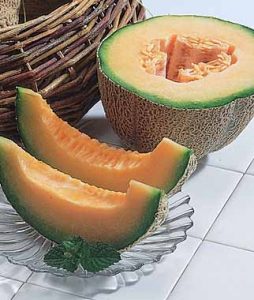
[1] Just about everyone has had a slice of melon, but there are many more ways to enjoy melon (photo © Burpee).
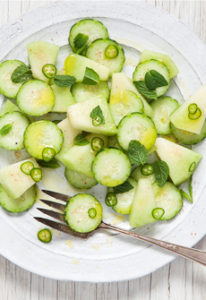
[2] A honeydew and cucumber salad with mint lives and thin slices of chile (photo © Good Eggs).
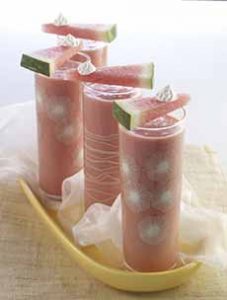
[3] Try a watermelon smoothie (recipe at right). There are also light, refreshing drinks that you can serve as mocktails. Check out watermelon agua fresca and watermelon cooler (photo © National Watermelon Promotion Board).

[4] Watermelon, arugula and feta salad (photo © Between The Bread | NYC).
|




